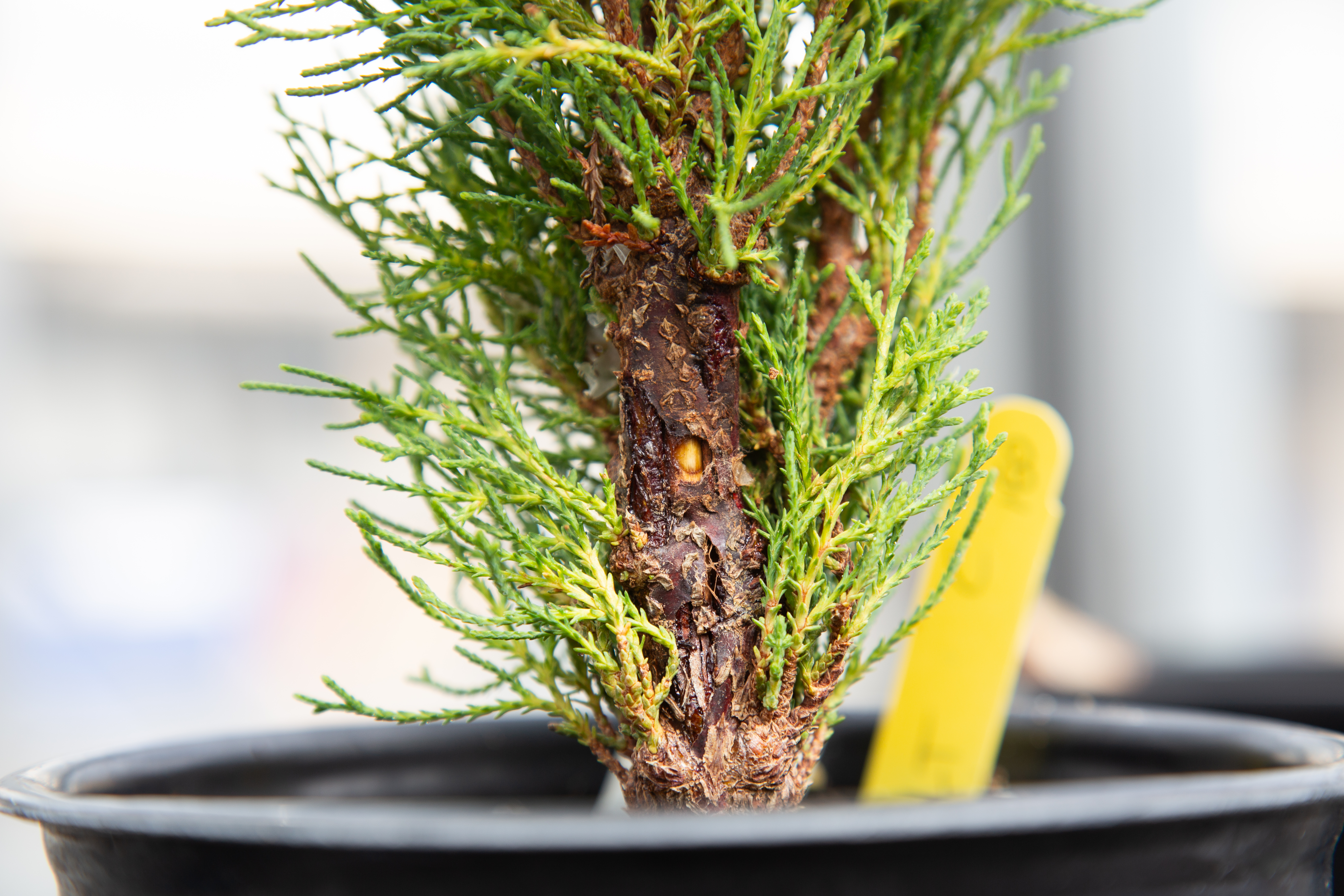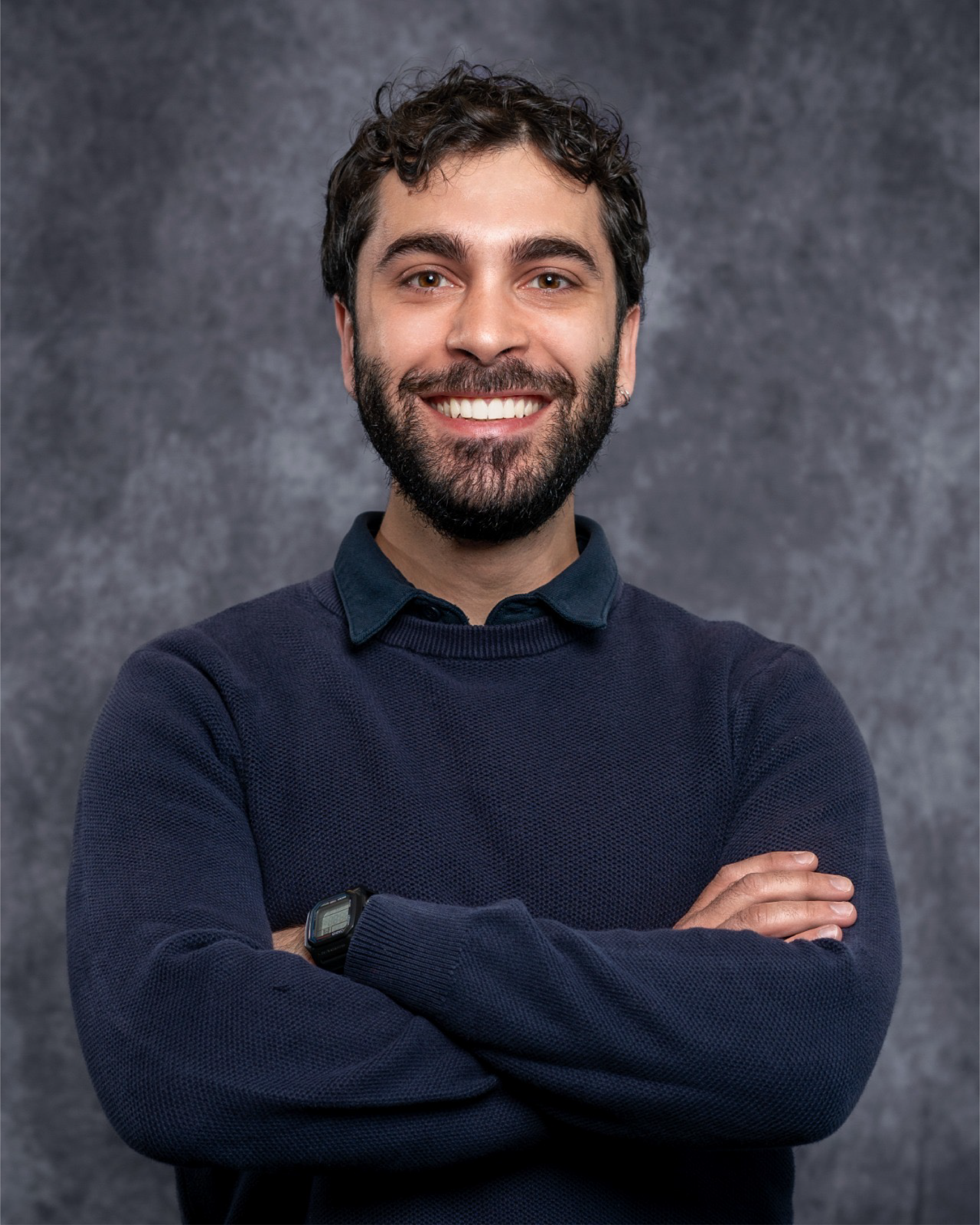Research
I investigate plant disease dynamics in forest ecosystems, focusing on fungal pathogens and their interactions with host trees.
Research Overview
My research covers different aspects of forest pathology, from studying disease processes and interactions within fungal communities to exploring pathogen evolution, as well as epidemiology of invasive populations. Additionally, my approach focuses on statistical methods, rigorous research designs, and computational biology. I am interested in understanding host-pathogen interaction, especially in non-model pathosystems which are often encountered in forest pathology. My goal is to produce research that will support the sustainable protection of forest ecosystems and the improvement of forest health.

Research Projects
Doctoral Research
My PhD research focus on the Cypress Canker Disease (CCD) pathosystem. I investigate the interactions between Seiridium cardinale and Cupressus sempervirens. Despite the fact that CCD is a non-model pathosystem, it is one of the rare example of a pandemic in plant pathology.
Key research questions that I work to answer include:
Which genes are associated with resistance to CCD in cypress?
How does climate change affect gene expression during the infection process?
I use dual-RNA seq to analyze molecular interactions and evaluate how distinct climates influence these dynamics. My experimental setup spans multiple California climate zones, from coastal fog-influenced areas to inland warm Mediterranean climates with hot summers, providing insights on climate change-related risks for tree health. Complementing this, my comparative genomics analyses among Seiridium species explore evolutionary factors underpinning pathogenicity and adaptation of invasive populations.
Molecular Ecology of Fungal Communities
I use metabarcoding techniques to characterize microbial communities in specific environments. By extracting eDNA, I identify the species that distinguish fungal assemblages in a given habitat. I mainly apply this experimental approach to understand the composition of airborne fungal communities, and the fungal communities associated with woody plant tissues that domintae different forest woodlands.
Ancient DNA and barcoding of old fungal specimen from herbarium collections
I apply molecular techniques to extract DNA from historical herbarium specimens that often lack sequence data in genetic data banks. By generating DNA barcodes, I provide valuable genetic information that enhances our understanding of fungal taxonomy and diversity of important fungal species. One of the genus that I work on is Laccaria, an important model for the understanding of mycorrhizal association.
Genomics
Genomes are powerful tools that can greatly expand our knowledge of organisms’s biology. In my research, I apply genomics to study host–pathogen interactions in the Cypress Canker Disease pathosystem. Because non-model systems frequently lack essential genomic resources, producing reference-quality genomes is critical for addressing scientific questions and testing hypotheses.
Development of biocontrol agents
The developement of a biocontrol agent is a sustainable approach to pest and disease management. One of the major problem in conifer forest is the impoact of Heterobasidion root rot. This fungus take advantage of cutted stumps, travelling throught the root anastomosis to infect standing trees. I am involved in a project that aim to develop an effective biocontrol of Heterobasidion root rot in the West Coast of the United States. We test how different strains of Phlebiopsis gigantea are stopping or reducing the growth of Heterobasidion in cutted stumps.
